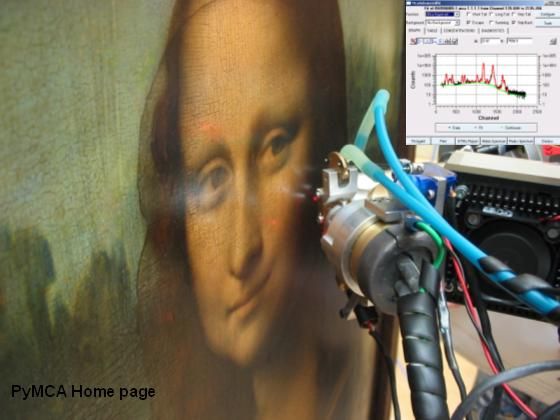Software
Atomic Simulation Environment (ASE)
The Atomic Simulation Environment (ASE) is a set of tools and Python modules for setting up, manipulating, running, visualizing and analyzing atomistic simulations.
AUTOPROC
autoPROC is a set of tools and programs to automate the whole range of steps involved in data processing: analysis of collections of images and image headers, indexing of diffraction images, determination of accurate cell parameters, integration of a series of images, processing of multi-sweep datasets, production of files of intensities and amplitudes in various formats (MTZ, Scalepack), analysis of anomalous signal, automatic determination of most likely space group symmetry.

Avizo
3D analysis software for scientific and industrial data. Different application areas: Materials Science, Quality Assurance in Industrial Environments, Electronics, Digital Rock Analysis etc. It enables users to perform interactive visualization and computation on 3D data sets. The Avizo interface is modelled on the visual programming. Users manipulate data and module components, organized in an interactive graph representation (called Pool), or in a Tree view. Data and modules can be interactively connected together, and controlled with several parameters, creating a visual processing network whose output is displayed in a 3D viewer. With this interface, complex data can be interactively explored and analyzed by applying a controlled sequence of computation and display processes resulting in a meaningful visual representation and associated derived data.

FLUKA
FLUKA is a fully integrated particle physics MonteCarlo simulation package from CERN and INFN. It has many applications in high energy experimental physics and engineering, shielding, detector and telescope design, cosmic ray studies, dosimetry, medical physics and radio-biology. It is used for radiation shielding simulations in the safety group.
GDFIDL
GdfidL computes electromagnetic Fields in 3D-Structures using parallel or scalar Computer Systems. GdfidL computes Resonant Fields in lossfree or lossy Structures and Time dependent Fields in lossfree or lossy Structures. The Fields may be excited by Port Modes or relativistic Line Charges. The Postprocessor computes from these Fields eg. Scattering Parameters, Wake Potentials, Q-Values and Shunt Impedances.

iFit
The iFit library (pronounce [eye-fit]) is a set of methods to load, analyse, plot, fit and optimize models, and export results. iFit is based on Matlab, but can also be launched without Matlab license (stand-alone version).Matlab It does not currently include advanced graphical user interfaces (GUI), and rather focuses on doing the math right. Any text file can be imported straight away, and a set of binary files are supported. Any data dimensionality can be handled, including event based data sets (even though not all methods do work for these). Any model can be assembled for fitting data sets. Last, a number of routines are dedicated to the analyses of S(q,w) and S(alpha,beta). More advanced features include the full automation to compute phonon dispersions in materials, using DFT codes such as ABINIT, ELK, VASP, QuantumEspresso, GPAW and more (Models/sqw_phonons). The software can also compute the neutron TAS resolution function (4D) and fits to experimental data with full resolution convolution (ResLibCal). An interface for McStas and McXtrace is also available to automate and optimize instrument simulations.

nanomax-analysis-utils
A set of Python tools and widgets for handling and visualizing scanning imaging data at the NanoMAX (MAX IV) beamline.

PyMca
X-ray Fluorescence Toolkit (visualization and analysis of energy-dispersive X-ray fluorescence data). . The program allows both interactive and batch processing of large data sets and is particularly well suited for X-ray imaging. Its implementation of a complete description of the M shell is particularly helpful for analysis of data collected at low energies. It features, among many other things, the fundamental parameters method
- ← Previous
- 1
- Next →

